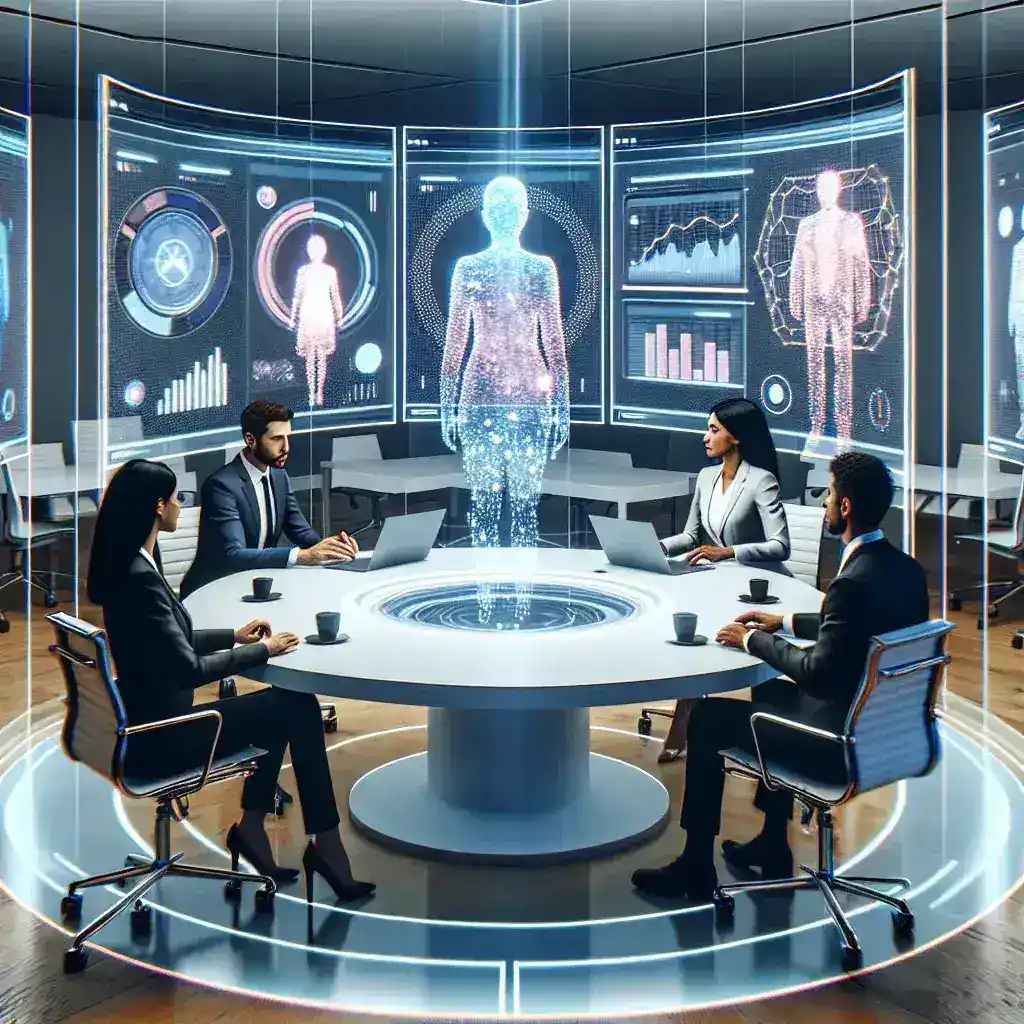The Art of Cinematic Transitions in Modern Filmmaking
In the ever-evolving landscape of digital storytelling, cinematic transitions serve as the invisible threads that weave scenes together, creating seamless narratives that captivate audiences worldwide. These visual bridges between shots don’t merely connect one scene to another; they establish mood, convey meaning, and enhance the overall viewing experience in ways that often go unnoticed by casual viewers yet profoundly impact their emotional journey.
The democratization of filmmaking tools has revolutionized how creators approach post-production, making sophisticated editing techniques accessible to independent filmmakers, content creators, and aspiring directors who previously couldn’t afford expensive software suites. This transformation has opened doors to creative expression that were once reserved for major studios with substantial budgets.
Understanding the Psychology Behind Effective Transitions
Professional filmmakers understand that transitions operate on both conscious and subconscious levels, influencing how audiences perceive time, space, and narrative flow. Cinematic transitions function as visual punctuation marks, providing rhythm and pacing that guide viewers through the story’s emotional landscape. When executed skillfully, these elements become transparent conduits that allow audiences to remain immersed in the narrative without being distracted by technical mechanics.
The psychological impact of well-crafted transitions extends beyond mere aesthetics. They create anticipation, build tension, provide relief, or establish connections between seemingly disparate elements. Understanding this psychological foundation enables creators to make informed decisions about which transition types will best serve their storytelling objectives.
Essential Transition Categories Every Filmmaker Should Master
Contemporary video editing encompasses numerous transition styles, each serving specific narrative purposes and emotional functions. Cut transitions represent the most fundamental editing technique, creating immediate shifts that can establish urgency or maintain natural conversation flow. These simple cuts, when timed precisely with dialogue or action, create invisible edits that keep audiences engaged without drawing attention to the editing process itself.
Fade transitions offer gentler alternatives, providing breathing room between scenes while suggesting the passage of time or emotional shifts. Fade-to-black transitions traditionally indicate significant temporal jumps or chapter endings, while fade-to-white can suggest hope, revelation, or transcendence. Cross-fades blend two shots together, creating smooth transitions that work particularly well for montages or when showing parallel actions.
Wipe transitions create dynamic movement across the frame, with new footage literally wiping away the previous shot. These transitions can move horizontally, vertically, or in geometric patterns, adding visual interest while maintaining narrative momentum. When used judiciously, wipes can enhance action sequences or create playful connections between related scenes.
Free Tools That Deliver Professional Results
The landscape of free video editing software has matured significantly, offering capabilities that rival expensive professional suites. DaVinci Resolve stands as perhaps the most comprehensive free editing platform available, providing advanced color correction, audio post-production, and visual effects capabilities alongside robust transition tools. Its node-based approach to effects processing allows for complex transition creation that can achieve Hollywood-level sophistication.
OpenShot provides an intuitive interface that makes transition creation accessible to beginners while offering enough depth for more advanced users. Its built-in transition library includes numerous options for fades, wipes, and geometric transitions, all customizable through simple parameter adjustments. The software’s cross-platform compatibility ensures consistent workflows across different operating systems.
Shotcut offers a different approach, emphasizing timeline-based editing with extensive format support and powerful filter capabilities. Its transition system integrates seamlessly with the editing workflow, allowing creators to apply and modify transitions in real-time while maintaining project responsiveness even with complex effects chains.
Advanced Techniques Using Free Resources
Creating sophisticated transitions often requires combining multiple techniques and leveraging creative problem-solving approaches. Masking techniques allow editors to create custom wipe patterns using shapes, text, or even footage elements as transition guides. By animating mask properties over time, creators can design unique transitions that perfectly match their project’s aesthetic requirements.
Motion blur effects can transform simple cuts into dynamic transitions that suggest rapid movement or temporal shifts. By adjusting shutter angle settings or applying motion blur filters during transition points, editors can create the illusion of high-speed camera movements or temporal displacement without requiring additional footage.
Color grading transitions involve gradually shifting the color palette between scenes, creating emotional bridges that prepare audiences for tonal changes in the narrative. This technique works particularly well when transitioning between different time periods, locations, or emotional states within the story.
Step-by-Step Transition Creation Process
Successful transition creation begins with careful planning during the pre-production phase. Storyboarding transition points helps filmmakers visualize how scenes will connect and identify opportunities for creative linking techniques. This preparation prevents common editing challenges and ensures that footage is captured with transition requirements in mind.
During the editing phase, timing considerations become paramount. Transitions should align with natural rhythm points in dialogue, music, or action to maintain flow and avoid jarring interruptions. Most effective transitions occur at moments when audiences naturally expect scene changes, making the editing feel organic rather than forced.
Audio integration plays a crucial role in transition effectiveness. Sound bridges, where audio from one scene continues into the next, can smooth visual transitions and maintain narrative continuity. Conversely, strategic audio cuts can emphasize visual transitions and create dramatic impact when appropriate to the story.
Common Mistakes and How to Avoid Them
Overusing flashy transitions represents one of the most frequent errors among beginning editors. While complex effects might seem impressive, they often distract from the story and mark the work as amateur. Professional restraint involves choosing transitions that serve the narrative rather than showcasing technical capabilities.
Inconsistent transition styles within a single project can create visual confusion and undermine the established aesthetic. Maintaining a consistent approach to transition timing, style, and intensity helps create cohesive viewing experiences that feel intentional rather than haphazard.
Ignoring the relationship between content and transition style can result in mismatched emotional tones. Fast-paced action sequences typically benefit from quick cuts or dynamic wipes, while contemplative dramatic moments might require gentle fades or dissolves that allow audiences time to process emotional content.
Industry Perspectives and Future Trends
Contemporary filmmaking increasingly embraces hybrid approaches that combine traditional transition techniques with modern digital innovations. Industry professionals recognize that effective transitions often result from understanding classical editing principles rather than relying solely on technological capabilities.
The rise of social media content creation has influenced transition aesthetics, with creators developing techniques optimized for mobile viewing and shorter attention spans. These developments have led to more dynamic, attention-grabbing transition styles that maintain engagement in competitive digital environments.
Artificial intelligence integration in editing software promises to revolutionize transition creation by analyzing footage content and suggesting appropriate transition types based on scene analysis. While these tools remain in early development stages, they represent potential future directions for automated editing assistance.
Practical Exercises for Skill Development
Developing transition expertise requires consistent practice with varied content types and storytelling challenges. Recreation exercises involve analyzing professional films and attempting to recreate specific transition techniques using available free tools. This practice develops technical skills while building understanding of how transitions function within larger narrative contexts.
Constraint-based projects challenge creators to develop effective transitions using limited resources or specific technical restrictions. These exercises foster creative problem-solving and help identify innovative approaches that might not emerge during unrestricted experimentation.
Building a personal transition library involves creating and cataloging custom transition presets that can be reused across multiple projects. This approach streamlines future editing workflows while developing a distinctive visual style that can become part of a creator’s signature aesthetic.
Maximizing Creative Impact on Limited Budgets
Resource constraints often spark the most innovative creative solutions, forcing filmmakers to focus on storytelling essentials rather than relying on expensive effects. Strategic planning during pre-production can eliminate the need for complex transitions by designing shots that naturally flow together through careful composition and timing.
Community collaboration within online filmmaking forums provides access to shared resources, including custom transition presets, tutorial content, and peer feedback that can accelerate skill development without financial investment. These communities often feature experienced professionals willing to share knowledge and provide guidance to emerging creators.
The key to creating professional-quality cinematic transitions with free tools lies not in the software capabilities themselves, but in understanding fundamental principles of visual storytelling and applying them consistently throughout the editing process. By mastering these techniques and maintaining focus on narrative service rather than technical showmanship, creators can produce compelling content that rivals productions with significantly larger budgets.
Success in transition creation ultimately depends on developing a keen eye for timing, rhythm, and emotional flow while building technical proficiency with available tools. Through dedicated practice and thoughtful application of these principles, any filmmaker can create cinematic transitions that enhance their storytelling and engage audiences effectively, regardless of budget constraints or software limitations.




Leave a Reply